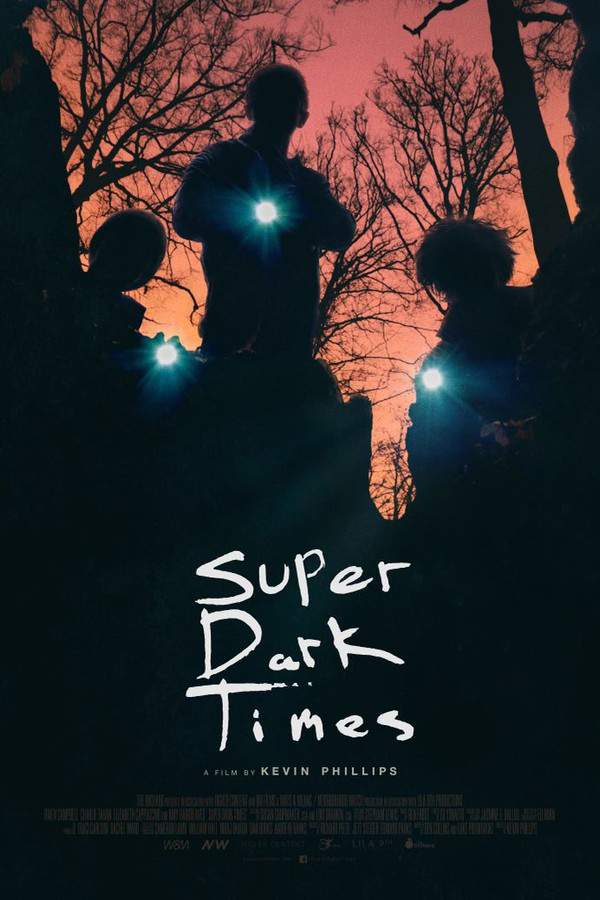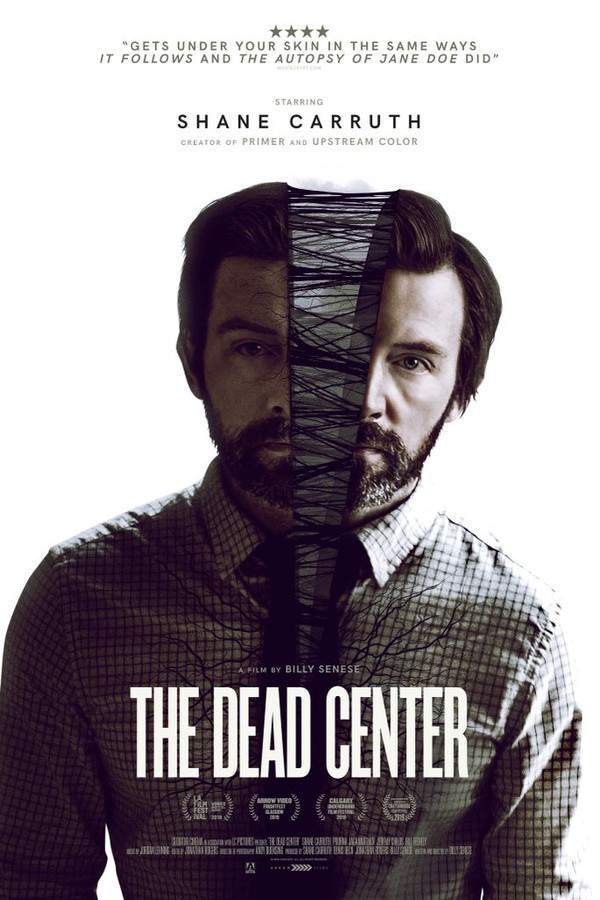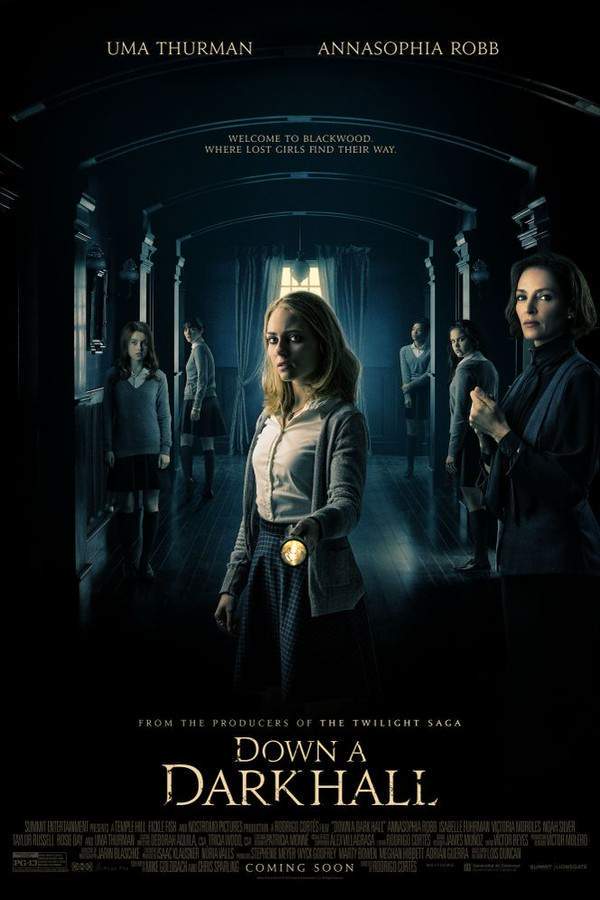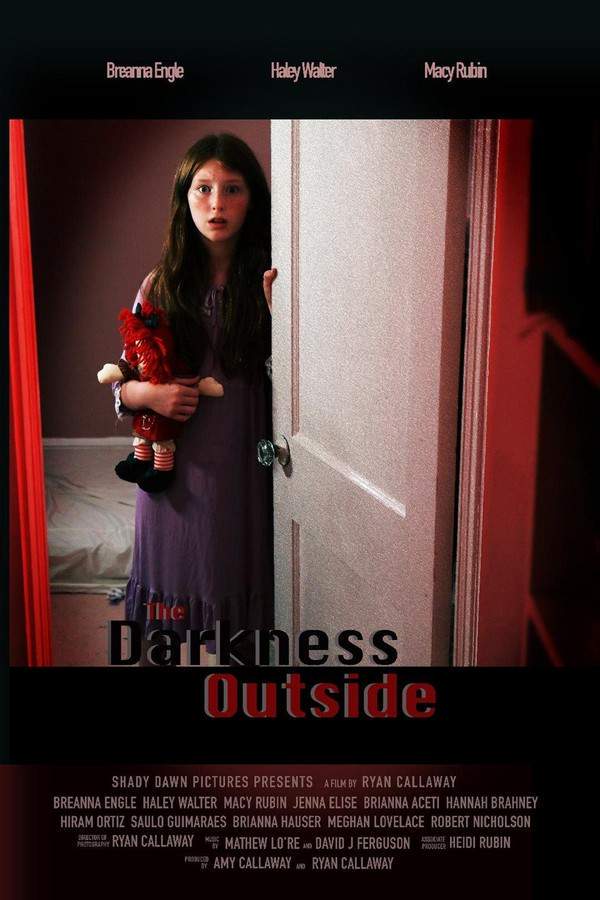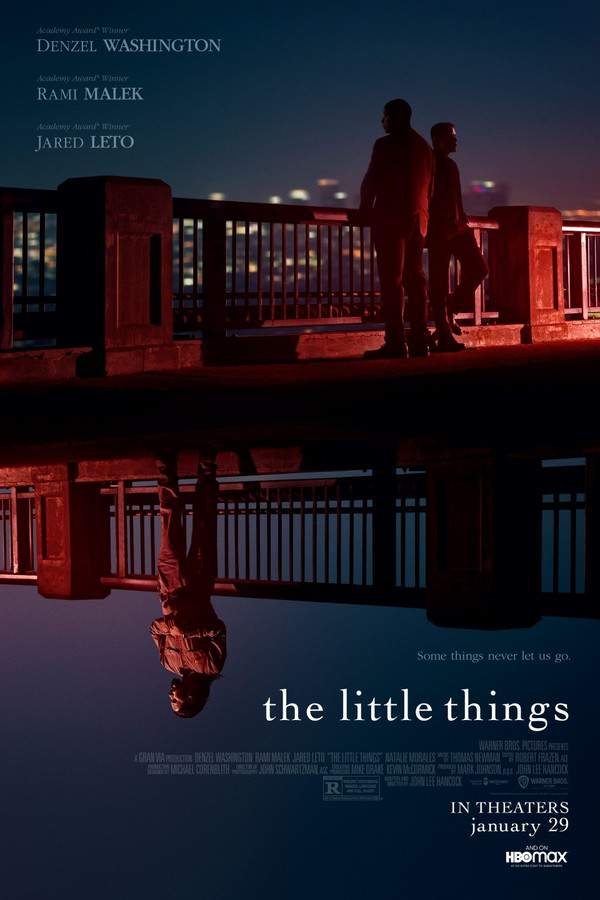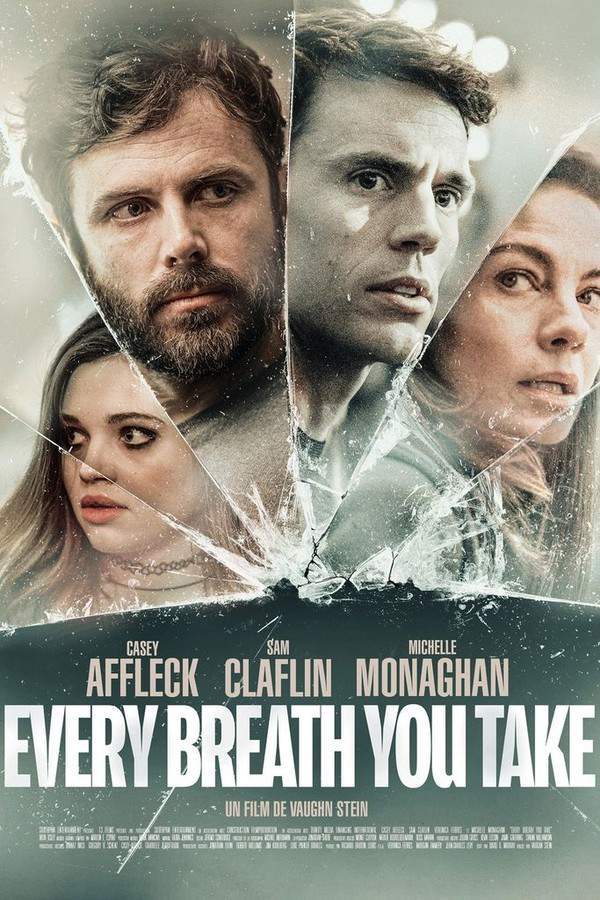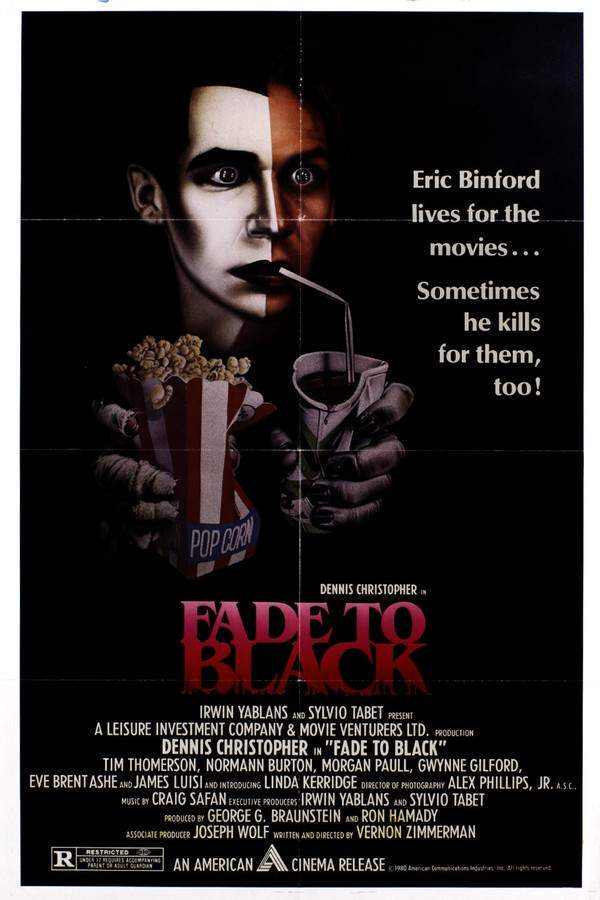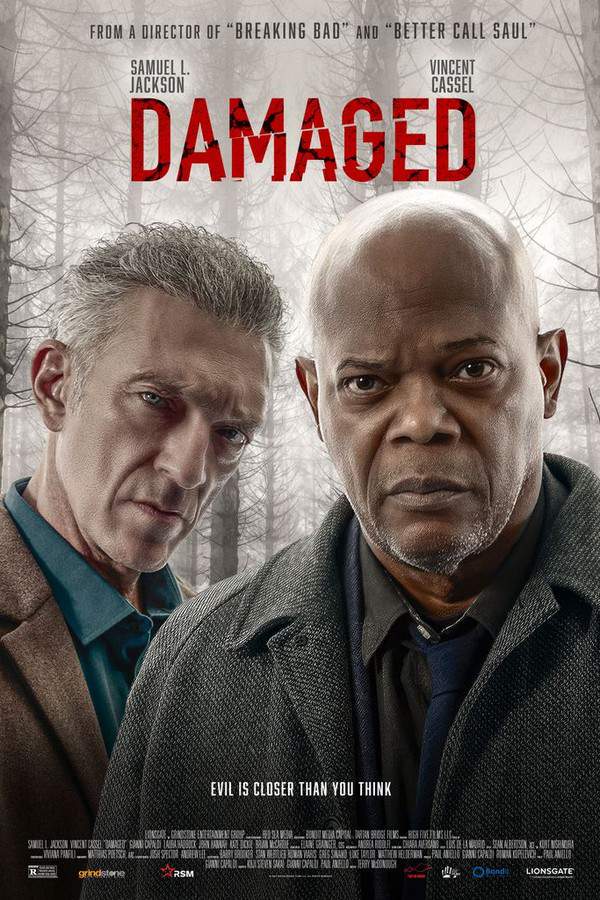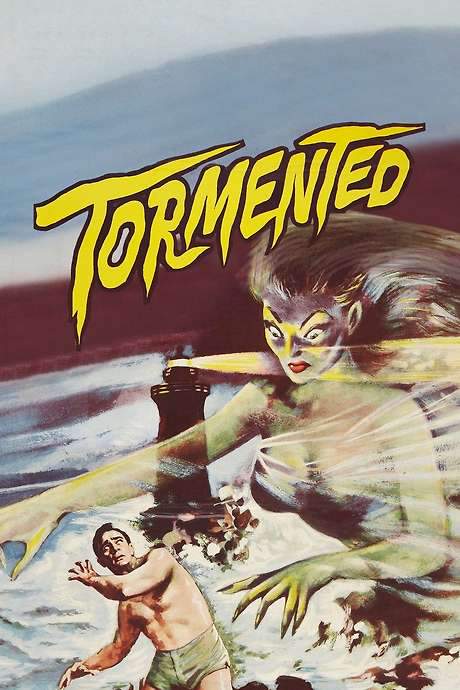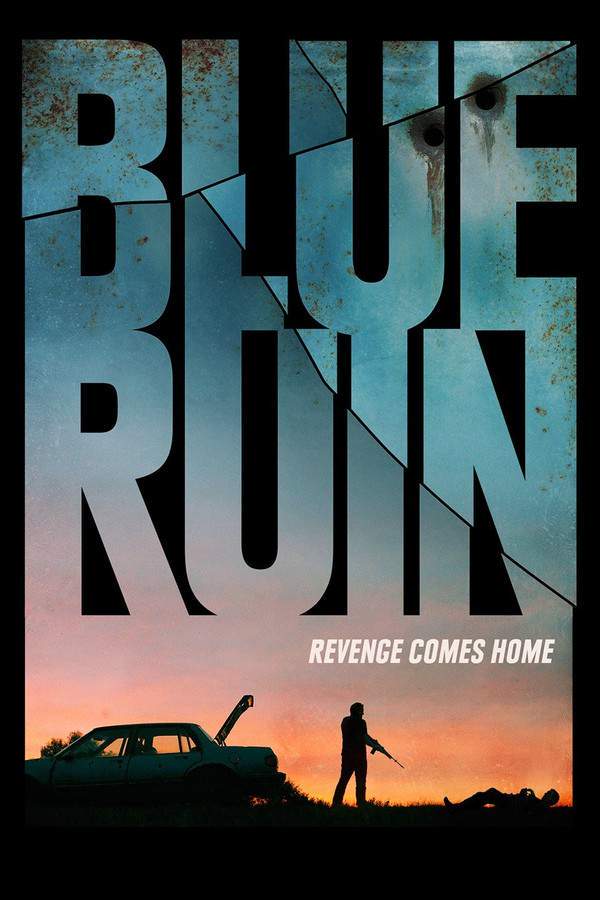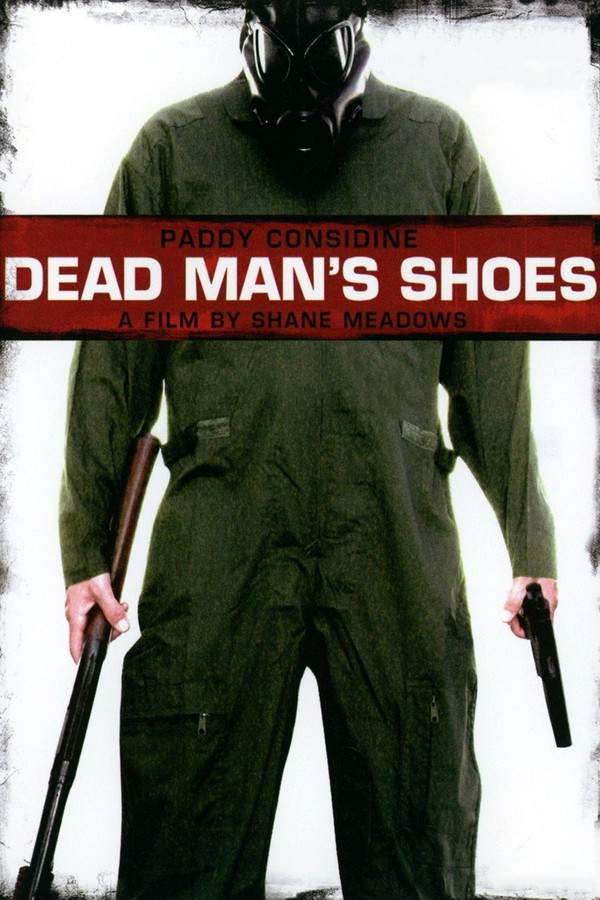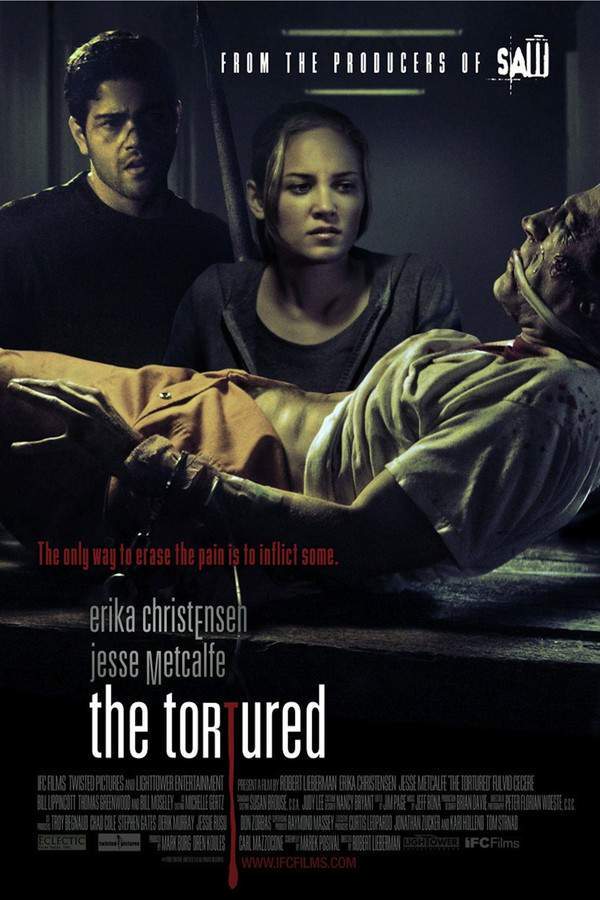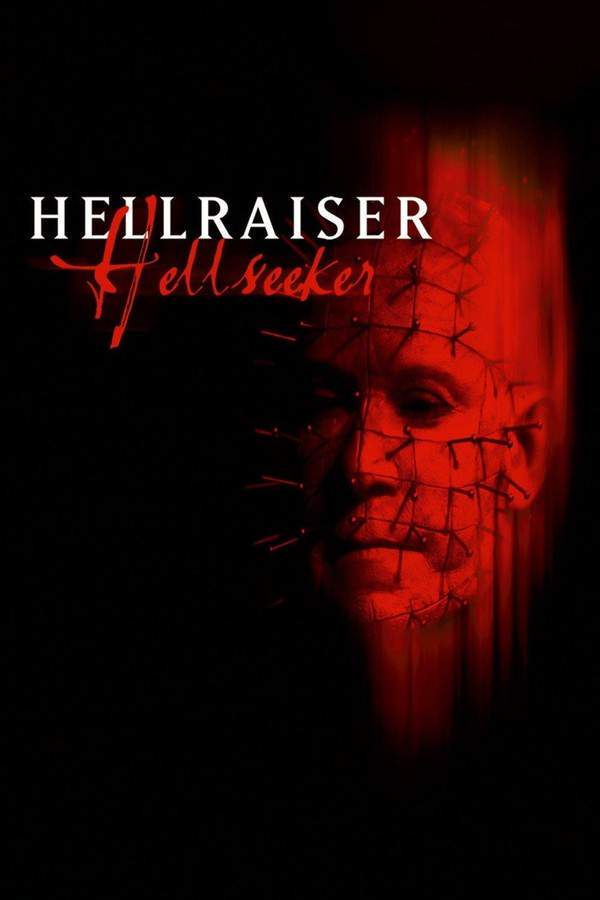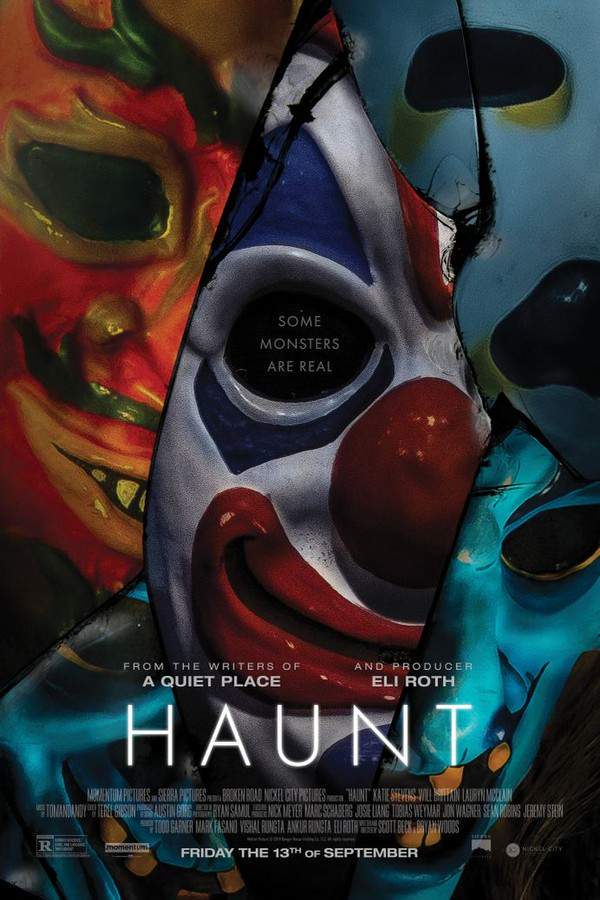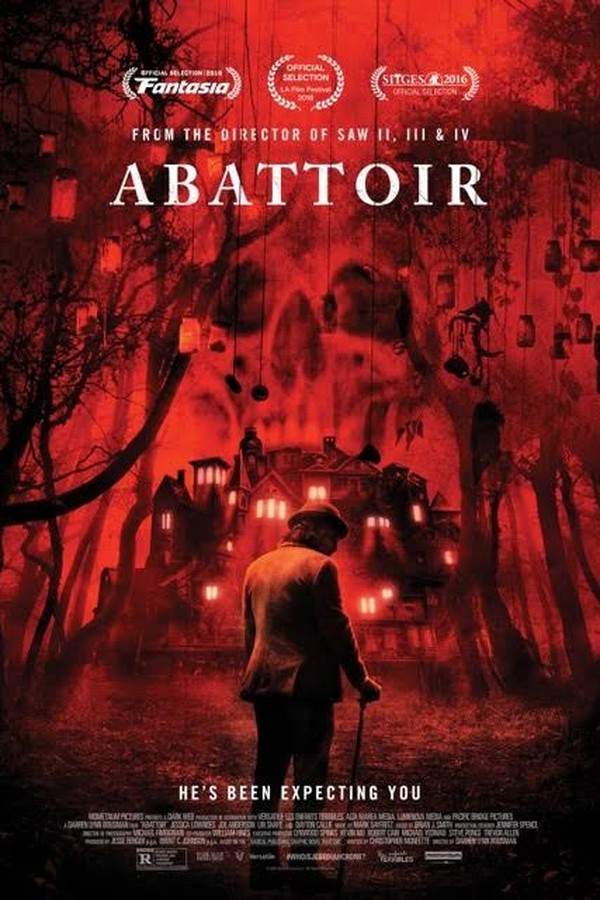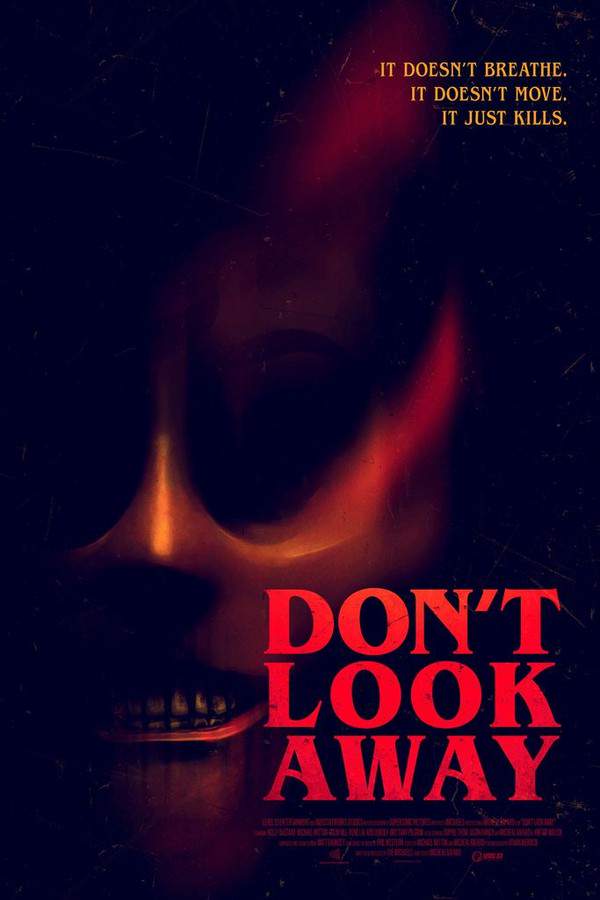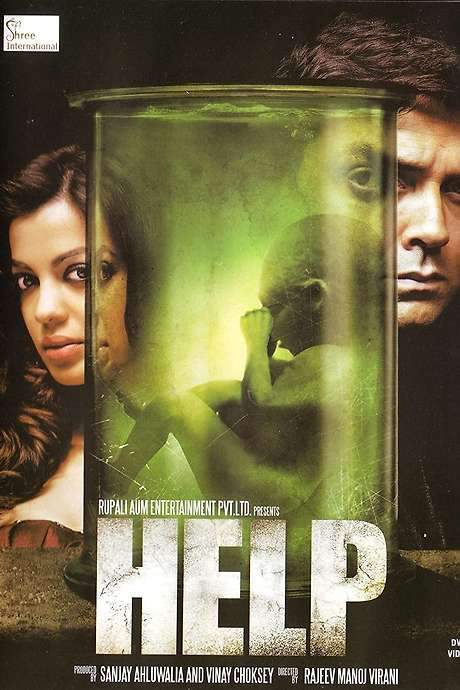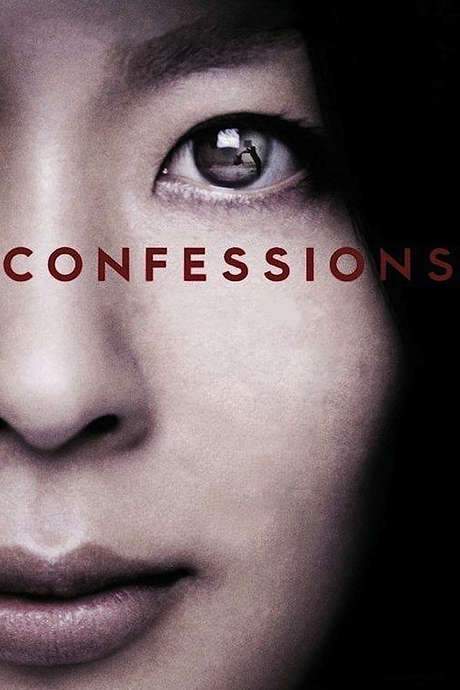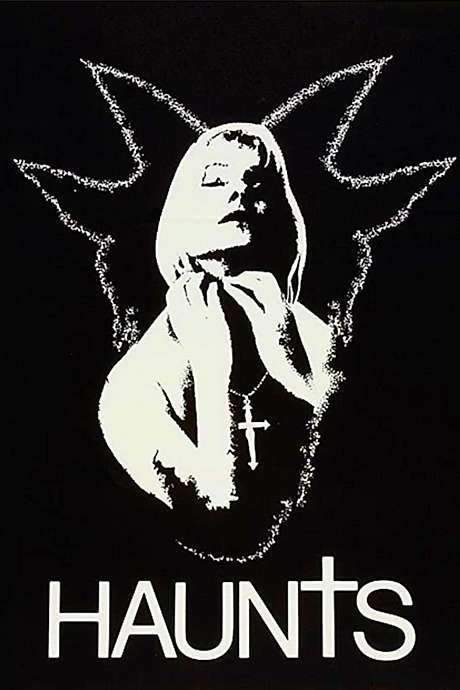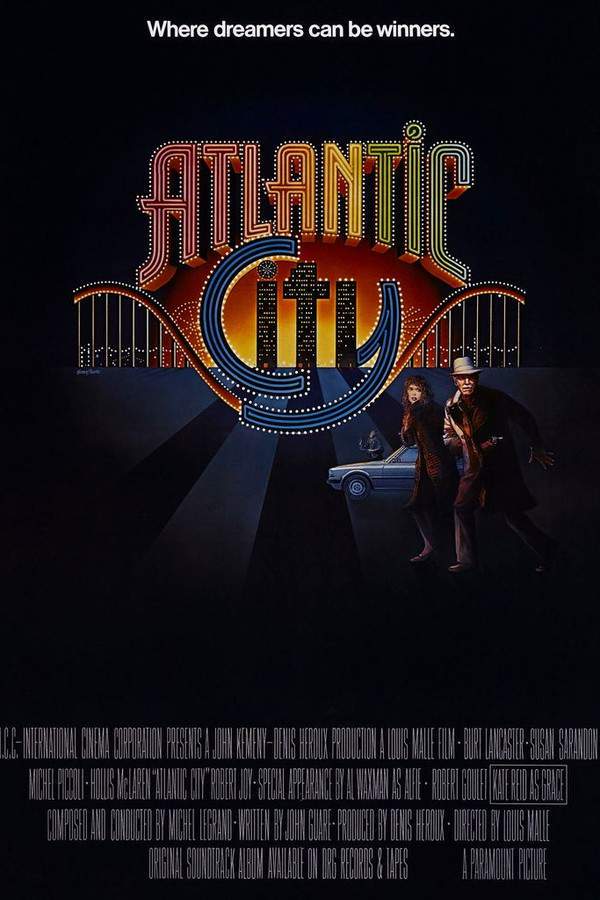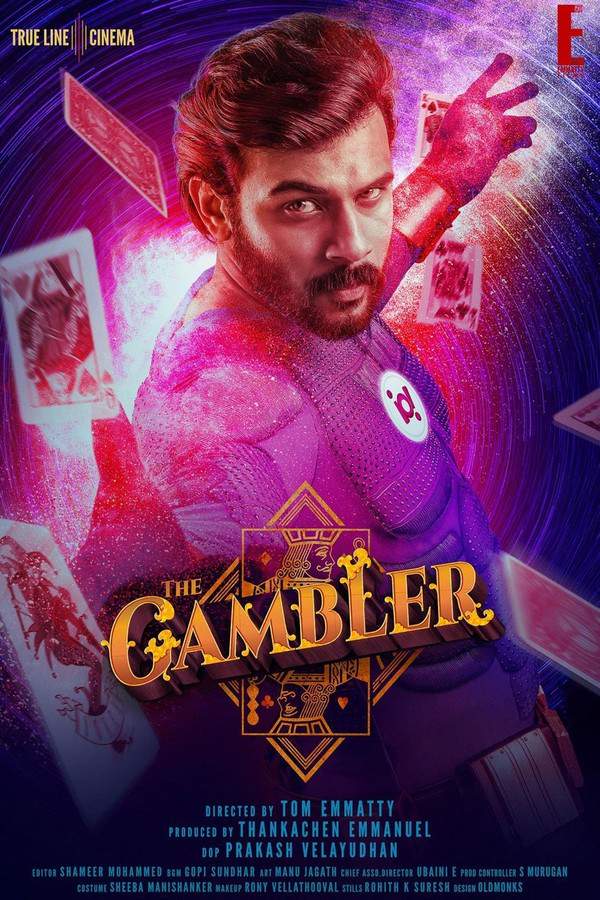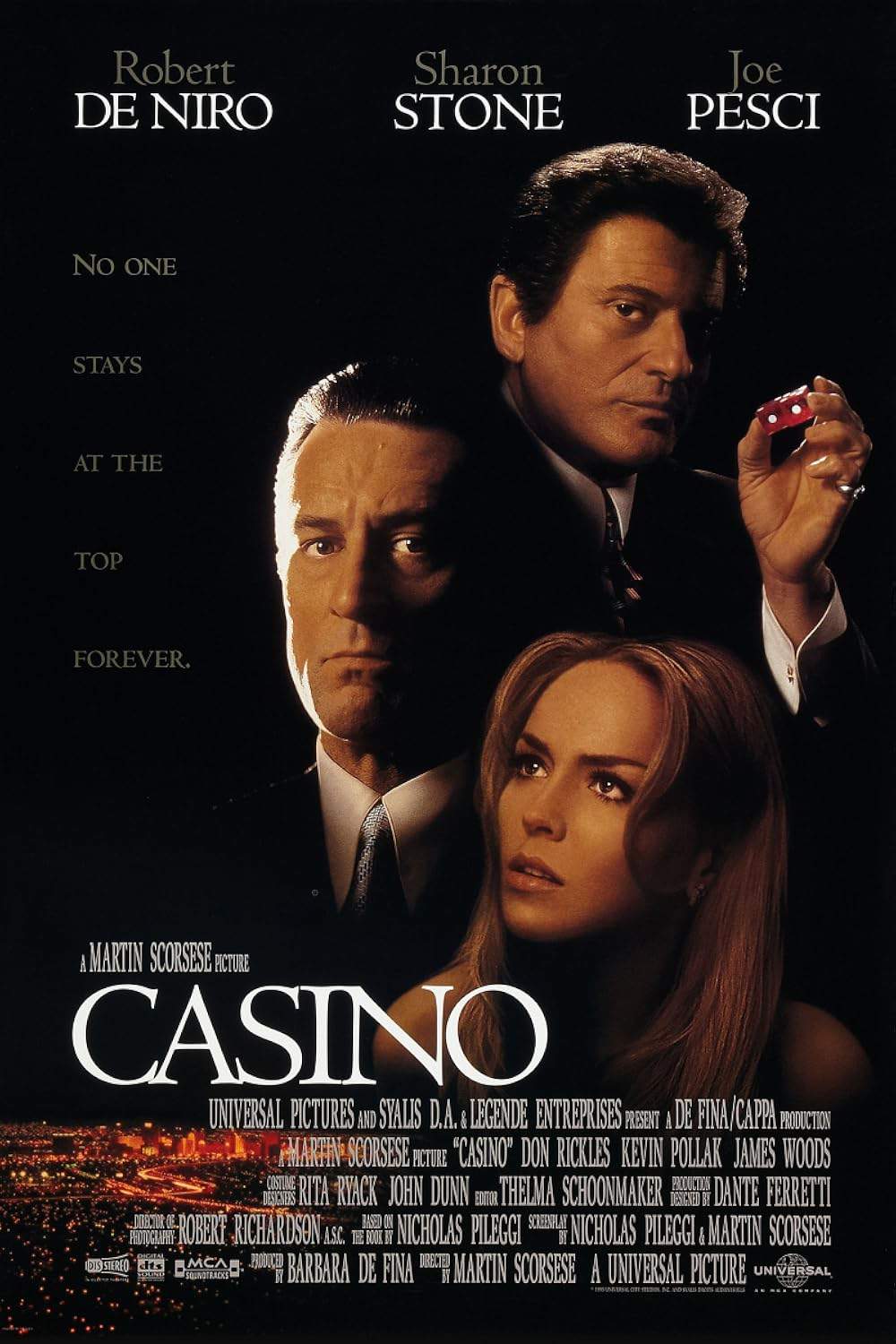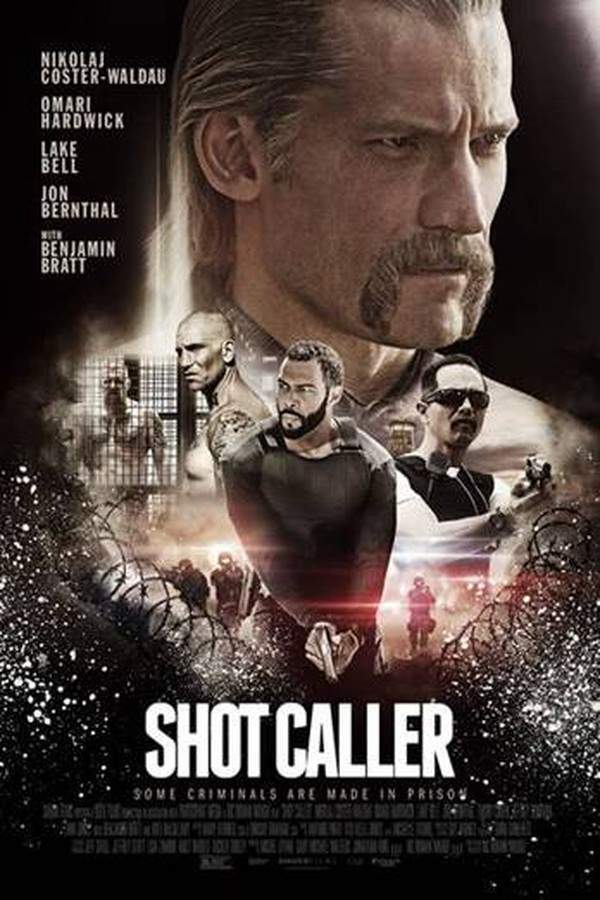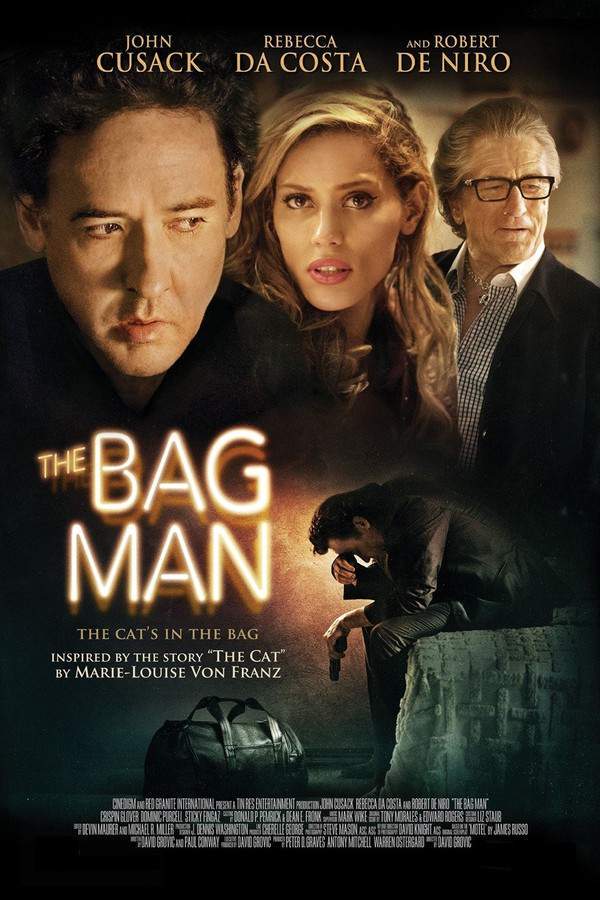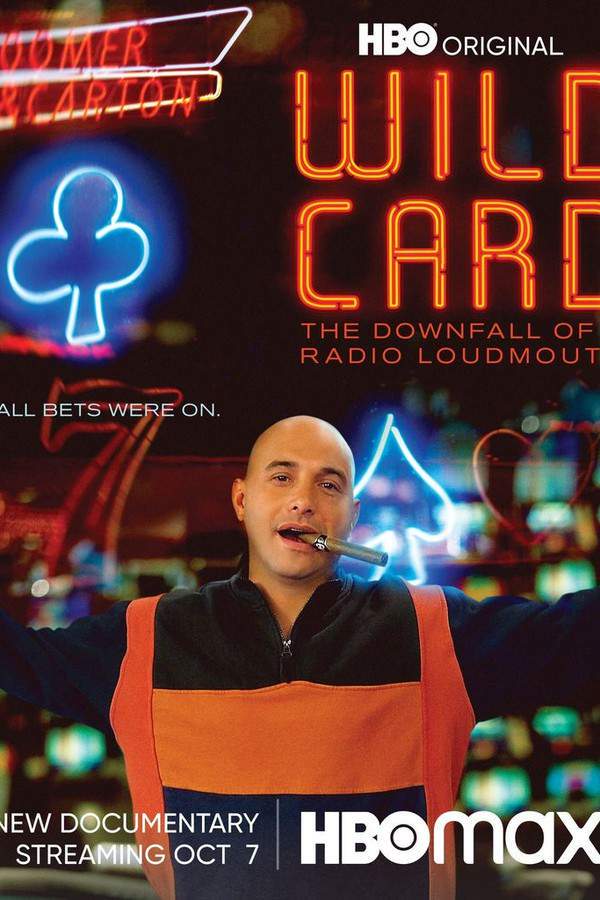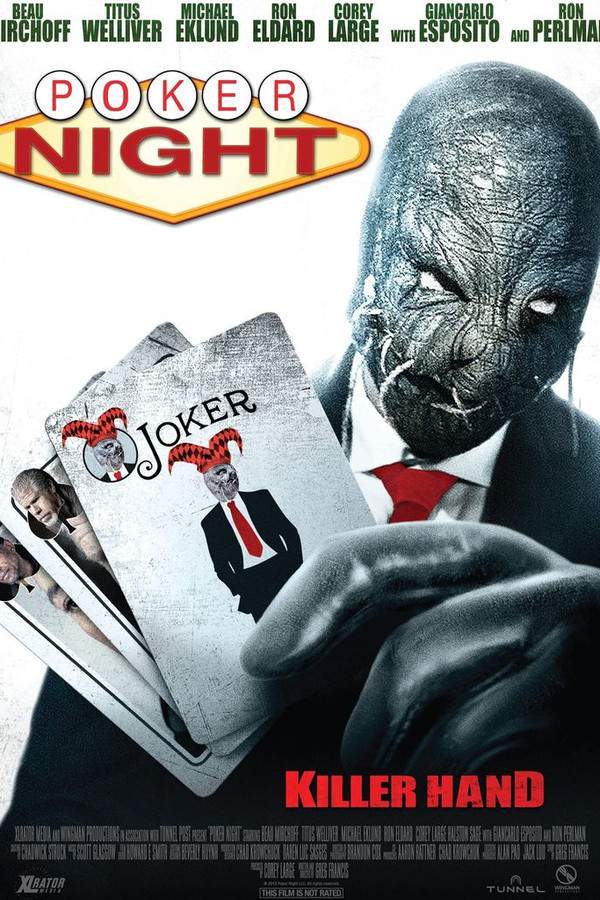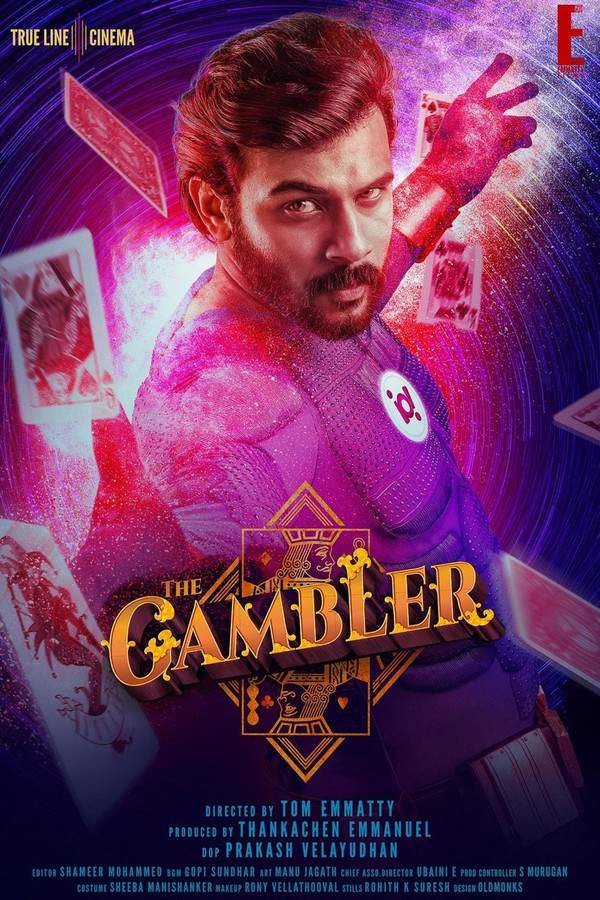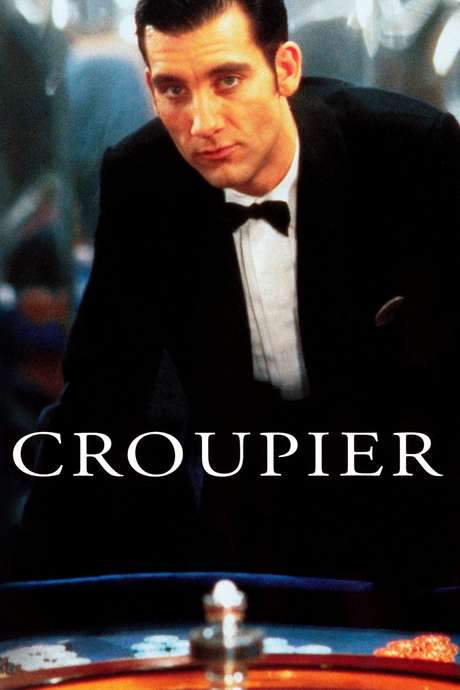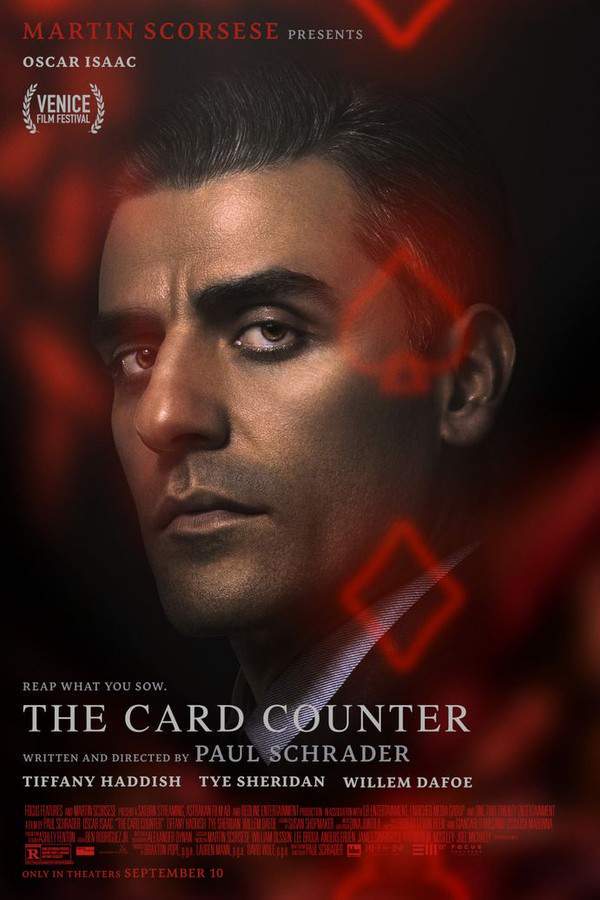
The Card Counter
A former military police officer, William Tell, now works as a card counter, using his skills to survive. He crosses paths with a young man who wants to seek revenge, and William finds himself drawn into a dangerous situation. As they team up and navigate the world of high-stakes poker, William’s carefully constructed life is threatened. He must confront the demons of his past and the consequences of his choices, all while protecting the young man he’s taken under his wing.
Warning: spoilers below!
Haven’t seen The Card Counter yet? This summary contains major spoilers. Bookmark the page, watch the movie, and come back for the full breakdown. If you're ready, scroll on and relive the story!
The Card Counter (2021) – Full Plot Summary & Ending Explained
Read the complete plot breakdown of The Card Counter (2021), including all key story events, major twists, and the ending explained in detail. Discover what really happened—and what it all means.
William Tell, portrayed by Oscar Isaac, is a skilled gambler who honed his card-counting skills during an extensive eight-year imprisonment. With a desire to live under the radar and evade casino security, his approach to gambling is characterized by small bets and modest wins. Remarkably, he opts to stay in motels, traveling light with just two small suitcases, and he goes to great lengths to strip the rooms of any personality by covering the furniture with plain sheets tied down with twine.
During a casino visit, Tell crosses paths with La Linda, a familiar figure from the gambling circuit, played by Tiffany Haddish. La Linda manages a group of investors who provide financial backing to gamblers, offering to support William with a stake. However, he declines, wishing to avoid any liability that comes with such an arrangement.
As the story unfolds in Atlantic City, a convention attracts attention to the casino where Tell is present. He attends a seminar led by the retired Major John Gordo, acted by Willem Dafoe, but his discomfort leads him to exit rather quickly. On this exit, he is confronted by Cirk Baufort, played by Tye Sheridan, who gives Tell his contact information, revealing a connection that will significantly alter both their lives.
Cirk discloses shocking truths about Tell’s past as PFC William Tillich, a soldier linked to the controversial Abu Ghraib prison scandal. This revelation ties into Cirk’s own family tragedy; his father, Roger Baufort, also suffered as a result of the prison’s dark legacy, battling addiction and ultimately taking his own life. Seeing Gordo as the figure responsible for their pain, Cirk seeks revenge and requests Tell’s assistance in his vengeful endeavor. While refusing to assist in a plan of violence, Tell instead offers to include Cirk in his gambling life, hoping to steer him away from a destructive path.
The plot thickens when Tell shares his aspirations with La Linda, expressing a desire to enter the World Series of Poker tour. His goal is to accumulate winnings that would enable Cirk to pay off debts and start anew. Along the way, Tell faces off against Mr. USA, a brash Ukrainian gambler, and builds a supportive relationship with both Cirk and La Linda, albeit cautious not to get too emotionally involved.
As tension builds, Cirk reveals his intentions to kill Gordo. Disturbed, Tell attempts to dissuade him by offering $150,000 from his own gambling earnings—an amount substantial enough for Cirk to address his obligations and return to his estranged mother in Oregon. Despite a heartfelt intervention, Cirk chooses a darker path, winding up at Gordo’s house, and the news soon reveals a tragic confrontation that leaves both Tell and Cirk shattered.
In a gripping turn of events, Tell drives through the night to confront Gordo. He fully prepares for an intense showdown, showcasing the same behavior he employed in motels by covering the furniture. What follows is a harrowing encounter in which Tell, armed but conflicted, confronts Gordo not to kill him, but to undergo a “dramatic reenactment” of their haunting shared past. The sounds of their agony echo through the house before Tell emerges, gravely injured yet still alive.
Ultimately, Tell finds himself back in military prison, reconciling with the austere life he believes he deserves. In a poignant moment, La Linda visits him, and the two of them connect through the glass barrier separating them, each sharing an intimate touch as they grapple with the heavy burdens of their choices and the consequences that follow.
Last Updated: November 03, 2024 at 21:00
Ending Explained – What Happens at the End of The Card Counter?
Still wondering what the ending of The Card Counter (2021) really means? Here’s a spoiler-heavy breakdown of the final scene, major twists, and the deeper themes that shape the film’s conclusion.
The ending of “The Card Counter” is filled with tragic conflict and moral reckoning. Throughout the film, William “Bill” Tell seeks redemption for his past crimes and the damage caused by his involvement in inhumane interrogation techniques. His journey takes him to try and protect a young boy, Cirk, from enacting revenge against Gordo, a former torturer, who Gordo was involved with during his time as a contractor. Bill hopes to save Cirk from the destructive cycle of vengeance and offers to pay off his debts, fostering a chance for a fresh start. However, Cirk’s desire for revenge persists, and despite Bill’s efforts, Cirk travels to Gordo’s house intending to kill him. When Bill learns that Gordo was shot at but survived and has retaliated by killing the assailant, he realizes the cycle of violence has claimed another victim—Cirk. Overcome with anger and guilt, Bill confronts Gordo himself in a physical altercation and kills him, seeking justice or perhaps catharsis for his own suppressed guilt. His final act results in his re-imprisonment, closing his cycle of punishment and penance. The film ends with a poignant image of Bill in prison, where La Linda visits and they share a silent, emotional moment through the glass, symbolizing both connection and the inescapable consequences of their past actions. Overall, the ending emphasizes the brutal reality of moral consequences—suggesting that true redemption may be elusive and that violence, even with good intentions, often leads to tragedy.
Last Updated: June 25, 2025 at 08:44
Explore Movie Threads
Discover curated groups of movies connected by mood, themes, and story style. Browse collections built around emotion, atmosphere, and narrative focus to easily find films that match what you feel like watching right now.
Slow Burn Psychological Thrillers like The Card Counter
Stories where quiet tension methodically builds towards an inevitable confrontation.If you liked the methodical pacing and psychological tension of The Card Counter, explore these movies. This thread features character-driven dramas and thrillers where a steady build of dread, moral conflict, and internal turmoil leads to a powerful, often heavy, conclusion.
Narrative Summary
Narratives in this thread follow a linear but layered path, focusing on a protagonist grappling with a traumatic past or a heavy moral burden. The story unfolds patiently, allowing tension to simmer as the character's controlled facade cracks, leading to an unavoidable and emotionally weighty climax.
Why These Movies?
These films are grouped by their shared commitment to a steady, deliberate pace, a dark and tense tone, and a focus on psychological unraveling. They prioritize mood and character depth over plot twists, resulting in a similarly intense and heavy viewing experience.
Movies about Trauma and Atonement like The Card Counter
Characters burdened by a dark past search for punishment or redemption.For viewers who appreciated The Card Counter's deep exploration of guilt and the search for punishment. This collection features films about haunted characters confronting their pasts, dealing with psychological damage, and navigating a bleak path towards some form of grim resolution or acceptance.
Narrative Summary
The narrative pattern involves a protagonist whose present life is dominated by a specific, traumatic event from their past. The plot forces them to directly or indirectly confront this trauma, often through a new relationship or a dangerous situation, culminating in a ending that offers closure through sacrifice or acceptance of a bleak fate, rather than happiness.
Why These Movies?
These movies share a central focus on a protagonist's psychological damage and their complex, often morally ambiguous, journey towards atonement. The tone is consistently dark and the emotional weight is heavy, exploring themes of guilt, mentorship, and the inescapable nature of severe trauma.
Unlock the Full Story of The Card Counter
Don't stop at just watching — explore The Card Counter in full detail. From the complete plot summary and scene-by-scene timeline to character breakdowns, thematic analysis, and a deep dive into the ending — every page helps you truly understand what The Card Counter is all about. Plus, discover what's next after the movie.
The Card Counter Timeline
Track the full timeline of The Card Counter with every major event arranged chronologically. Perfect for decoding non-linear storytelling, flashbacks, or parallel narratives with a clear scene-by-scene breakdown.

Characters, Settings & Themes in The Card Counter
Discover the characters, locations, and core themes that shape The Card Counter. Get insights into symbolic elements, setting significance, and deeper narrative meaning — ideal for thematic analysis and movie breakdowns.

The Card Counter Ending Explained
What really happened at the end of The Card Counter? This detailed ending explained page breaks down final scenes, hidden clues, and alternate interpretations with expert analysis and viewer theories.

The Card Counter Spoiler-Free Summary
Get a quick, spoiler-free overview of The Card Counter that covers the main plot points and key details without revealing any major twists or spoilers. Perfect for those who want to know what to expect before diving in.

More About The Card Counter
Visit What's After the Movie to explore more about The Card Counter: box office results, cast and crew info, production details, post-credit scenes, and external links — all in one place for movie fans and researchers.

Similar Movies to The Card Counter
Discover movies like The Card Counter that share similar genres, themes, and storytelling elements. Whether you’re drawn to the atmosphere, character arcs, or plot structure, these curated recommendations will help you explore more films you’ll love.
Explore More About Movie The Card Counter
The Card Counter (2021) Scene-by-Scene Movie Timeline
The Card Counter (2021) Movie Characters, Themes & Settings
The Card Counter (2021) Ending Explained & Theories
The Card Counter (2021) Spoiler-Free Summary & Key Flow
Movies Like The Card Counter – Similar Titles You’ll Enjoy
Atlantic City (1981) Movie Recap & Themes
The Gambler (2014) Plot Summary & Ending Explained
Casino (1995) Full Movie Breakdown
Shot Caller (2017) Plot Summary & Ending Explained
The Driver (1978) Complete Plot Breakdown
The Bag Man (2014) Full Movie Breakdown
Casino Jack (2010) Full Summary & Key Details
21 (2008) Full Summary & Key Details
Wild Card (2015) Detailed Story Recap
Poker Night (2014) Story Summary & Characters
The Gambler (1974) Movie Recap & Themes
The Great Gambler (1979) Story Summary & Characters
Don’t Gamble with Strangers (1946) Full Movie Breakdown
Gambler’s Choice (1944) Detailed Story Recap
Croupier (1998) Ending Explained & Film Insights

